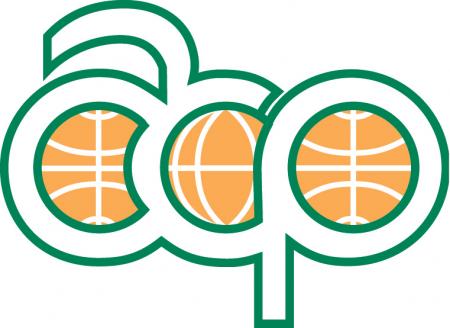Solomon Islands National Marine Ecosystem Service Valuation
Solomon Islands is composed of almost 1000 islands and has the second longest coastline and the second largest Exclusive Economic Zone (EEZ) in the Pacific. These physical characteristics and the unique society and culture of the population are the basis of the fundamental relationship that Solomon Islanders have with the ocean and its ecosystem services.






